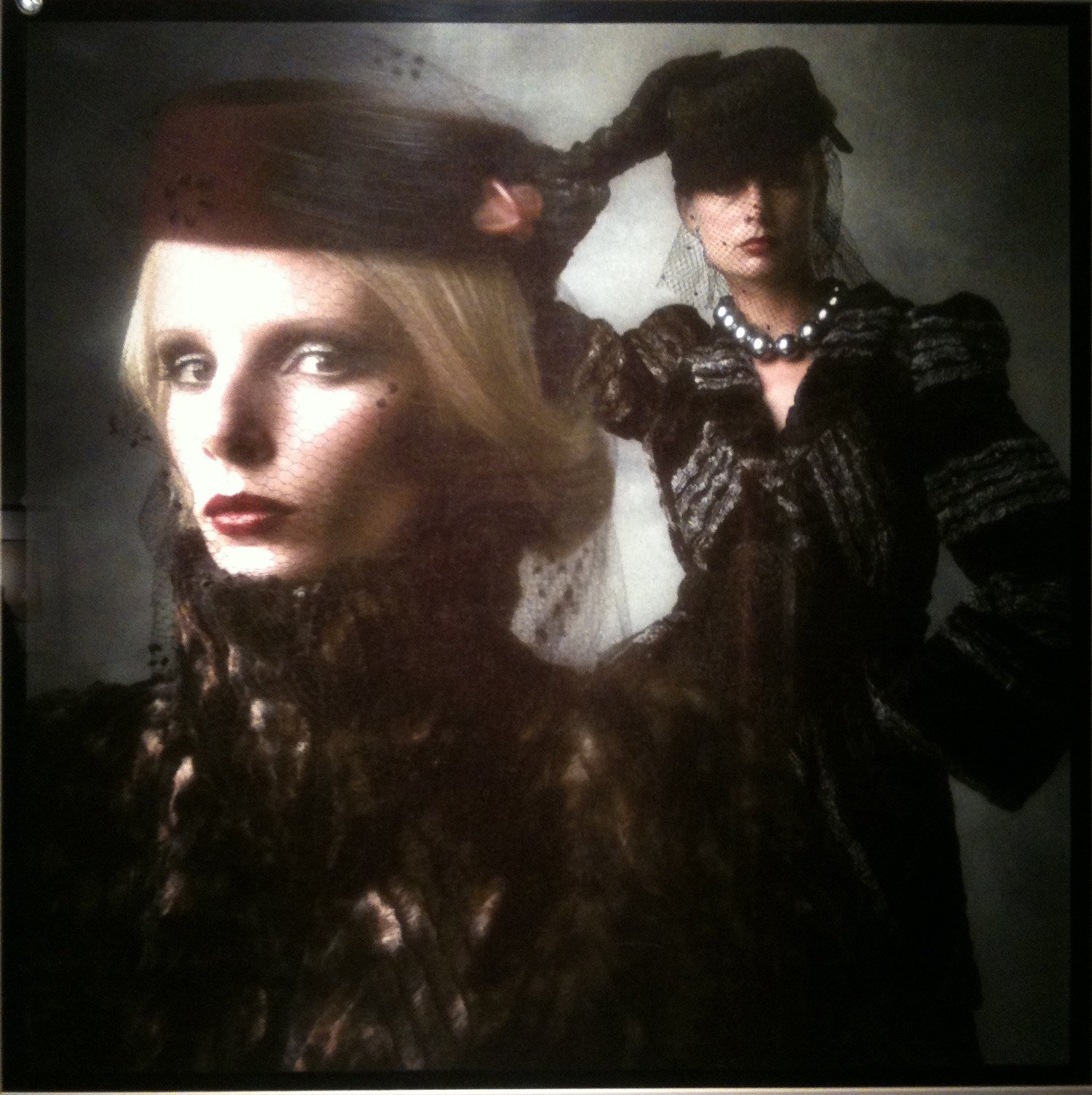Bill Cunningham on Deconstructivist Fashion
/BILL CUNNINGHAM, PHOTOGRAPHS oF MARTIN MARGIELA, SPRINg/SUMMER 1990, "The COLLECTIONS" DETAILS, MARCH 1990
In remembrance of the great fashion photographer and critic Bill Cunningham, we are showing some of his lesser-known work, which he did for Details magazine in the 1980s and 1990s. During those years, Details was strikingly different from its later Condé Nast incarnation as a men’s style magazine. The magazine centered on fashion and featured extensive coverage of the Paris shows, often exceeding 30 pages—both written and photographed by Cunningham.
It is in these pages that Cunningham coined the term “deconstructivist” fashion to refer to the work of Martin Margiela. Against commonly held beliefs that tie the term to Japanese designs from the early 1980s, it was first used in the English language by Cunningham to refer to fashion, in an article he published in Details of September 1989 to describe Martin Margiela’s autumn/winter 1989/90 collection, which was shown in Paris in March 1989. Only retrospectively was the word used to refer to Japanese designers of the 1980s. (Francesca Granata, "Deconstruction Fashion" The Journal of Design History, vol. 26, 2)
BIll CunninghAM, PhOTOGRAPHS Of MArTIN MArgiela SPRING/SuMMER 1990, "The Collections" Details March 1990
Cunningham used the term in its literal sense of undoing, taking apart a garment and accompanied his written articles with beautiful images from the collections:
Martin Margiela, formerly a Gaultier assistant, in this, his second collection on his own, provided quite a different vision of fashion for the 1990s: a beatnik, Existentialist revival … The construction of the clothes suggests a deconstructivist movement, where the structure of the design appears under attack, displacing seams, tormenting the surface with incisions. All suggest a fashion of elegant decay.
Bill Cunningham, ‘The Collections’, Details, September 1989, 246.
BILL CUNNINGHAM, IMAGES AND TEXT ON MARTIN MARGIELA, AUTUMN/WINTER 1989, DETAILS, SEPTEMBER 1989
BILL CUNNINGHAM, IMAGES AND TEXT On MARTIN MARGIELA, SPRINg/SUMMER 1990, DETails, MARCH 1990






















